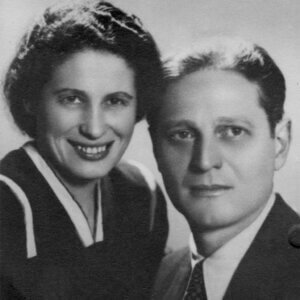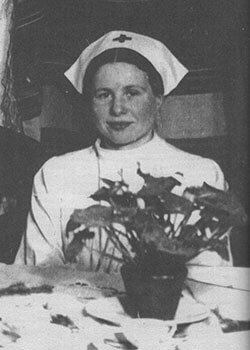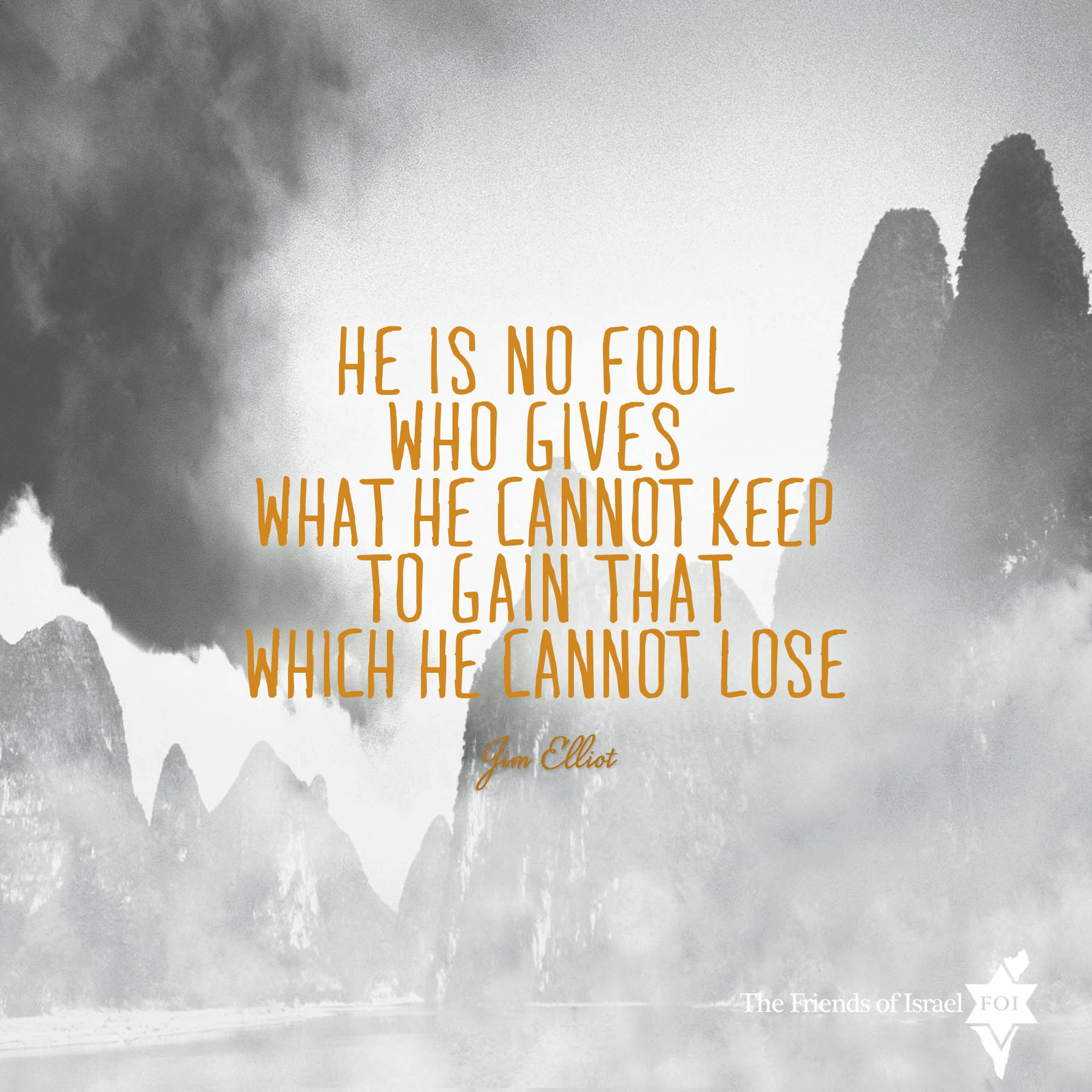The Jewish Champions of the Persecuted Church
The Christian life is not easy. In fact, God’s Word promises that we must face many troubles.
In the world you will have tribulation (John 16:33).
Share with me in the sufferings for the gospel (2 Timothy 1:8).
You therefore must endure hardship as a good soldier of Jesus Christ (2:3).
Richard and Sabina Wurmbrand provide a powerful example of persevering through trials. They knew that “the sufferings of this present time are not worthy to be compared with the glory which shall be revealed in us” (Romans 8:18). Their story of faithful service in the face of imprisonment, torture, and death has inspired hearts to action around the world.
Building the Underground Church

Sabina and Richard Wurmbrand
Richard was born in 1909 in Bucharest, Romania, while Sabina was born in 1913 in the Austro-Hungarian city of Czernowitz that became Romanian territory after World War I, both to Jewish families. The two met and married in 1936, and together, they soon came to know Jesus as their Savior while vacationing in the mountains.
After dedicating their lives to serve God as evangelists, the Wurmbrands were soon forced to endure the brutality of World War II and the Holocaust. As the Nazis began to occupy Romania, Sabina and Richard risked their lives to save Jewish children from dying in the ghettos. Richard and Sabina were repeatedly arrested for their rescue work and Bible teaching in bomb shelters and suffered the death of many loved ones during this time. But their passion for the Lord’s work was not extinguished.
As the Nazis began to occupy Romania, Sabina and Richard risked their lives to save Jewish children from dying in the ghettos.
Communist Russia seized power in Romania after the war, seeking to hijack churches for its own evil purposes. But Richard and Sabina retooled their ministry to reach oppressed Romanians and Russian soldiers alike. They smuggled goods and foods to refugees, sheltered Christians, and distributed Christian literature to soldiers at the risk of deportation. They organized Christian camps and conducted street meetings that drew as many as 5,000 people at a time, and they built a church with more than 1,000 Jewish-Christian members.
Tortured for Christ
But their courage came at great personal cost. Richard was arrested in 1948 and spent three years in solitary confinement, seeing only the soldiers that continually beat and tortured him. During this time, Sabina was left alone with her young son, but she continued the couple’s inspirational work, serving the persecuted church.
She was arrested in 1951 and spent three years in prisons and slave labor camps while her young son lived on the streets. Upon her release, she returned to several years of house arrest.
During this time, the Communists challenged Sabina’s faith severely. In exchange for divorcing Richard and renouncing her faith, they promised to free her. When she refused, they claimed her husband had died in prison.
Richard had spent eight years in prison by the time he was released. He immediately picked up where he left off, furthering his forbidden ministry work. Shortly after, he was arrested again and handed a 25-year prison sentence. Remaining faithful to the Lord, Richard was released by amnesty in 1964 and welcomed by his devoted wife, who had never lost faith in the Lord or in her husband’s return. After 14 years of imprisonment and torture, Richard was free.
Knowing their lives were at risk if they stayed in Romania, the family soon immigrated to the United States, where Richard shared his stories of persecution that soon covered newspapers read all over America, Europe, and Asia.
An Enduring, Godly Legacy
Together, Richard and Sabina founded Jesus to the Communist World, now known as The Voice of the Martyrs (VOM), the renowned missionary organization that serves the persecuted church and persecuted Christians around the world. In building the ministry, they established an extensive network to reach persecuted and imprisoned Christians and their families in Islamic and Communist nations.
As many Christians are still killed daily in the Middle East and parts of Africa, VOM continues the Wurmbrands’ work, bringing physical and spiritual aid to the persecuted church.
Richard and Sabina carried out their work for decades after founding VOM. Sabina passed away in 2000, and Richard joined her in heaven six months later. As many Christians are still killed daily in the Middle East and parts of Africa, VOM continues the Wurmbrands’ work, bringing physical and spiritual aid to the persecuted church.
God authored an unforgettable story through the lives of two Jewish Christians who committed their lives to His service. Through imprisonment, torture, and the horrors of the Holocaust, Richard and Sabina glorified God in the most difficult circumstances imaginable. Their testimony lives on through the work of VOM and the bold witness of hundreds of millions of persecuted Christians risking their lives for the Lord today.

 Raised in a Plymouth Brethren assembly and after attending Wheaton College, Jim went to Ecuador as a missionary to reach the Auca Indians. On October 28, 1949, he penned the words in his diary that have become almost as well known as the Bible. He said, “He is no fool who gives up what he cannot keep for what he cannot lose.” One has observed, “Elliot didn’t write his famous quote to improve a sermon, or because he signed a book deal with a Christian publisher––he wrote those words flowing for a deep affection for Christ.”
Raised in a Plymouth Brethren assembly and after attending Wheaton College, Jim went to Ecuador as a missionary to reach the Auca Indians. On October 28, 1949, he penned the words in his diary that have become almost as well known as the Bible. He said, “He is no fool who gives up what he cannot keep for what he cannot lose.” One has observed, “Elliot didn’t write his famous quote to improve a sermon, or because he signed a book deal with a Christian publisher––he wrote those words flowing for a deep affection for Christ.”